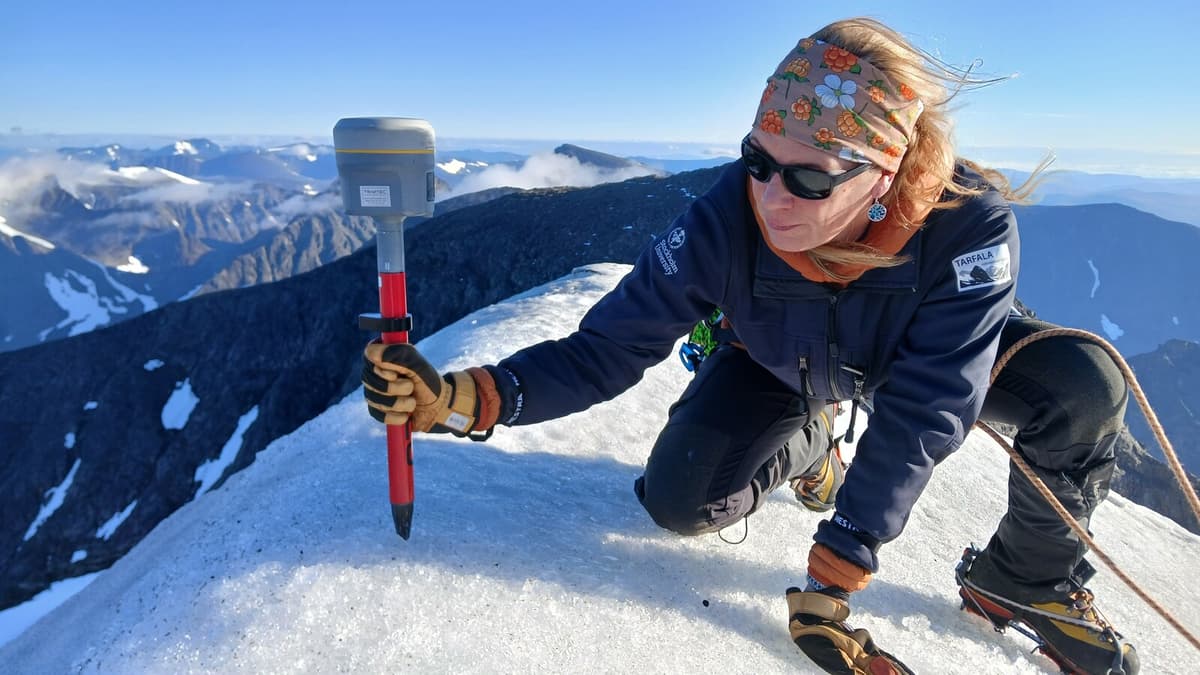During the warm last year, the large Swedish glaciers shrank with record levels.
Thanks to a cooler summer, the decrease was somewhat lower this year – but it is still a decline, notes Nina Kirchner, who is a professor of glaciology and head of the Tarfala research station at Stockholm University.
We had not counted on them growing, it's not on the map. But we hoped it would be less negative than last year and that's what happened, she says.
It's a minus for all, but not a record minus.
No longer the highest
Kebnekaise's south peak, which is covered by a glacier, was until 2018 Sweden's highest point, but now, according to measurements on Wednesday, reaches 2,088.4 meters above sea level. Thus, the difference to the ice-free north peak (2,096.8 meters) has increased to 8.4 meters.
Even for the other Swedish glaciers, the situation is worrying, according to Nina Kirchner.
Between 2023 and 2024, eight more glaciers disappeared completely. A total of 269 glaciers are now left in Sweden.
”Mostly gone date”
Researchers fear that most of them will disappear in the coming decades.
For the large glaciers in Sarek, calculations have been made of when they are expected to have almost completely disappeared, something called the "mostly gone date", says Nina Kirchner.
And for the glaciers in Sarek, it is between 2050 and 2080. And that's still within a fairly near future.





